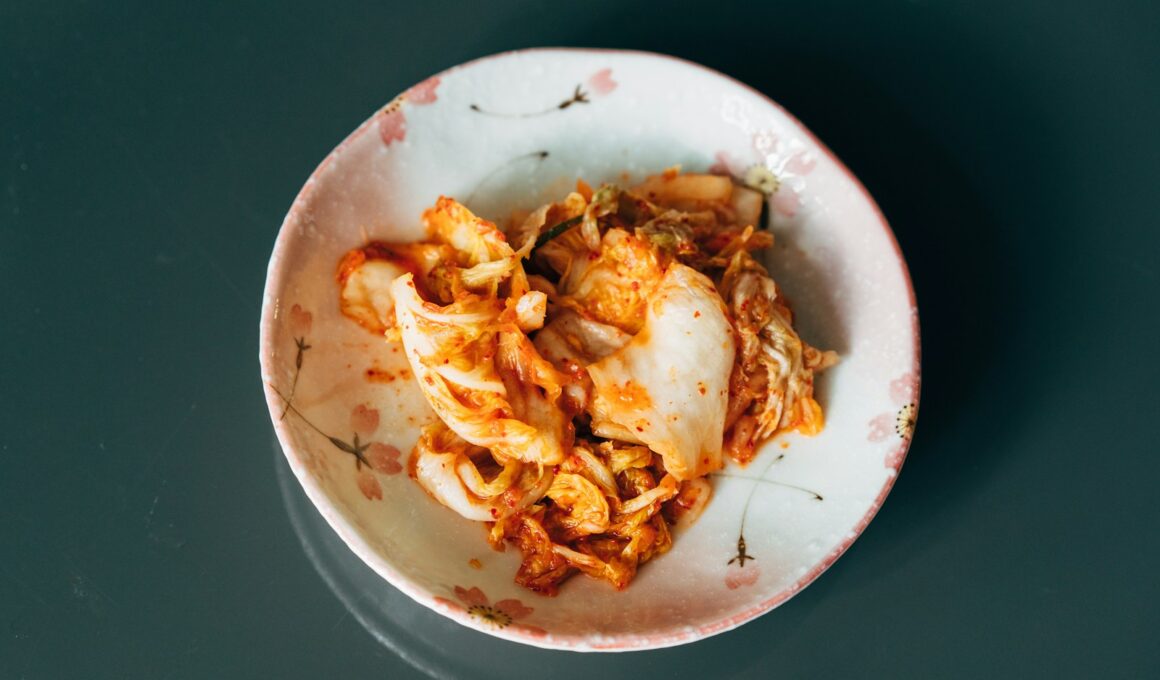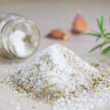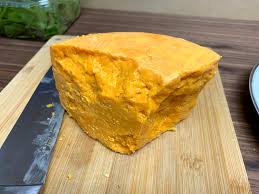So, you’ve probably heard about kimchi, right? That spicy, tangy, absolutely addictive fermented cabbage that’s become a global sensation? If you’re anything like me, you’ve either tried making it at home, thinking it would be a fun weekend project, or you’ve scooped up a jar from your local grocery store, curious to see what all the fuss is about.
But here’s the thing – once you’ve got your hands on a batch of this delicious Korean staple, the question inevitably arises: “How long does kimchi last?”
Unopened, commercially packaged kimchi can last up to 3 months in the refrigerator, and once opened, it should be consumed within a month for the best quality. Homemade kimchi, on the other hand, has a shorter shelf life and is best eaten within 3 weeks of making it.
But, as we’ll explore, the lifespan of kimchi isn’t just about safety – it’s about flavor, texture, and personal preference, too.
Table of Contents
- What is Kimchi?
- Subscribe to my blog…
- How long does kimchi last in the fridge once opened?
- Signs of Spoilage
- How to Store Kimchi in the Fridge Once Opened
- Maximizing Your Kimchi’s Shelf Life
- Uses for Older Kimchi
- What does aged kimchi taste like?
- Can You Keep Kimchi for 2 Years?
- Tips to Keep Kimchi Good
- Conclusion
What is Kimchi?
Before diving deeper, let’s quickly go over what kimchi actually is.
Originating from Korea, kimchi is primarily made from cabbage, though other vegetables can also be used. It’s seasoned with a mix of garlic, salt, chili peppers, ginger, fish sauce, and often a bit of sugar, then left to ferment.
This fermentation process not only gives kimchi its distinctive tang but also packs it with probiotics, making it incredibly beneficial for your gut health.
Subscribe to my blog…
How long does kimchi last in the fridge once opened?
Commercial Kimchi
- Unopened: Keep it in the fridge, and it can last up to 3 months. The cool temperature slows down the fermentation process, keeping the flavors from becoming too sour too quickly.
- Opened: Once you break that seal, the clock starts ticking a bit faster. Aim to use it within a month. Keep it tightly sealed and refrigerated.
Homemade Kimchi
Making kimchi at home? That’s an adventure of its own! Homemade kimchi generally doesn’t last as long as its store-bought counterpart, due to variations in sterilization and ingredients. Here’s the breakdown:
- Freshly Made: After making your kimchi, you might let it sit at room temperature for a day or two to kickstart the fermentation. After that, it’s fridge time.
- Refrigerated: Once refrigerated, aim to enjoy your homemade creation within 3 weeks. After this point, it won’t spoil immediately but might become too sour for your liking.
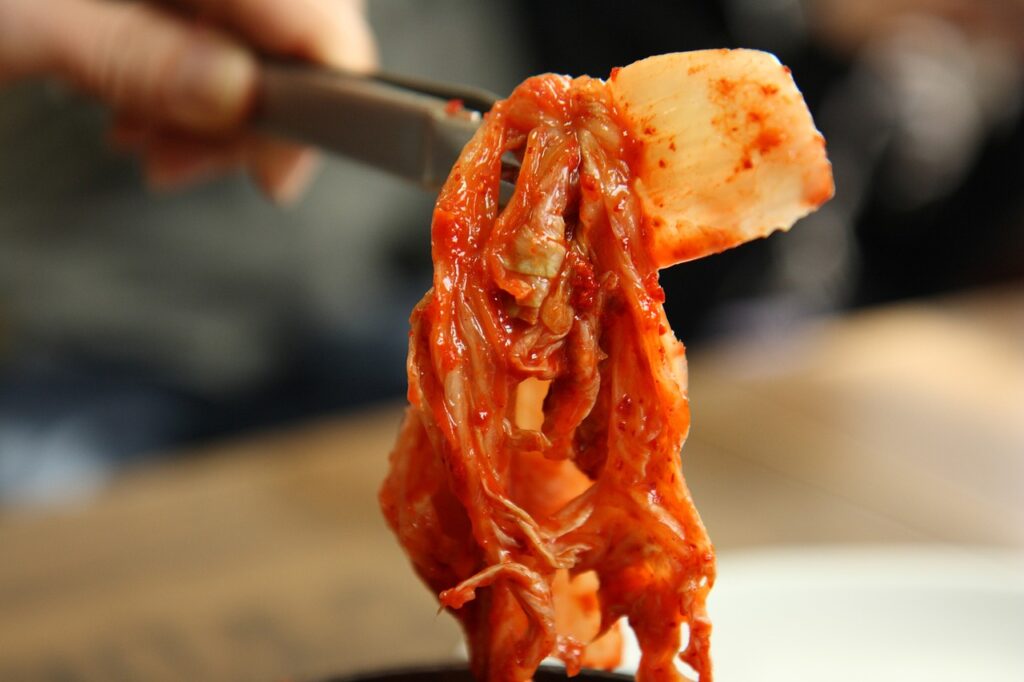
Signs of Spoilage
Yes, kimchi is fermented, but it can still go bad. Here are a few red flags:
- Off smell: Kimchi has a strong smell, but if it turns foul, trust your nose and toss it.
- Mold: Any visible mold, especially non-white mold, means it’s time to say goodbye.
- Excessively fizzy: A little fizz is normal, but if it feels like you’ve opened a soda bottle, it’s past its prime.
How to Store Kimchi in the Fridge Once Opened
Once you’ve opened a jar of kimchi, proper storage becomes even more critical to maintain its freshness and flavor. Here are steps and tips for storing your kimchi in the fridge:
- Airtight Containers: Transfer the kimchi to an airtight container if it’s not already in one. This helps to keep the flavors locked in and prevents the kimchi from absorbing odors from other foods in the fridge.
- Minimize Air Exposure: Try to remove as much air as possible before sealing the container. Air can accelerate fermentation and spoilage.
- Keep It Submerged: Ensure that the kimchi is fully submerged in its brine. The liquid acts as a natural barrier against spoilage and helps maintain the right fermentation conditions.
- Regular Checks: Keep an eye on your kimchi. If you notice the brine level decreasing, you can add a saline solution to keep the vegetables submerged.
- Temperature Matters: Store your kimchi in the coldest part of the fridge to keep the fermentation process slow and steady.
Maximizing Your Kimchi’s Shelf Life
- Refrigerate immediately: Whether store-bought or homemade, keep your kimchi cold.
- Use clean utensils: Introducing bacteria from dirty spoons can spoil it faster.
- Tightly seal: Limit its exposure to air to slow down the fermentation.
Uses for Older Kimchi
If your kimchi has gotten a bit too tangy for straight-up snacking, don’t throw it out! Older kimchi is fantastic in cooked dishes. Here are a few ideas:
- Kimchi Fried Rice: A classic dish that’s perfect for using up older, stronger-tasting kimchi.
- Kimchi Stew (Kimchi Jjigae): The sourness of aged kimchi adds depth to this comforting stew.
- Kimchi Pancakes (Kimchijeon): Mix chopped kimchi into a simple batter for a crispy, flavorful treat.
What does aged kimchi taste like?
Kimchi’s flavor evolves over time. Initially, it will taste fresh and slightly spicy. As it ferments, it becomes tangier and more complex. Some people love it extra sour and aged, while others prefer a milder taste. This is a personal preference, so feel free to experiment and find your perfect kimchi age.
Can You Keep Kimchi for 2 Years?
The idea of keeping kimchi for up to two years intrigues many enthusiasts. While it’s possible, this requires specific conditions, primarily related to the initial fermentation process and subsequent storage. Long-term preserved kimchi, known as “mature kimchi,” can develop a unique taste profile, highly valued in certain dishes.
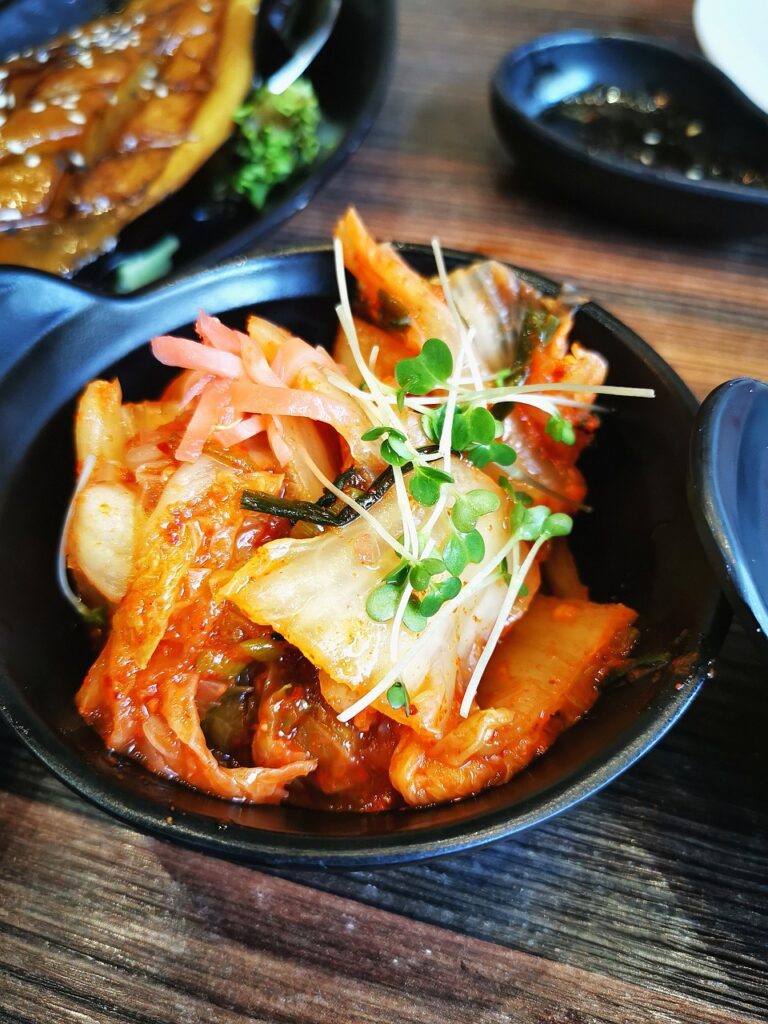
Tips to Keep Kimchi Good
Extending the life of your kimchi involves more than just refrigeration. Here are practical tips:
- Proper Initial Fermentation: Before refrigerating, allow kimchi to ferment at room temperature for a short period to kickstart the fermentation process.
- Use Clean Utensils: Always use clean utensils when handling kimchi to prevent contamination.
- Monitor Salt Levels: Salt is a natural preservative. Ensuring your kimchi has the right salt level can help extend its shelf life.
- Experiment with Recipes: Over-fermented kimchi is perfect for cooking. Dishes like kimchi stew or fried rice can transform it into a delicious meal.
Conclusion
So, how long does kimchi last? It really depends on how you store it and your taste preferences when it comes to the level of fermentation. Whether you’re a fan of freshly made kimchi or you prefer the bolder flavors of an aged batch, understanding how to store and when to use your kimchi can enhance your culinary adventures. And remember, if your kimchi has passed its prime for fresh eating, there are plenty of delicious ways to repurpose it into mouthwatering dishes. Enjoy the journey of discovering the




